Description
This makes it easier to apply as a disinfectant in medical areas, next to its use as a bleach. When bleaching powder dissolves, it reacts with water to underchloric acid (HOCl) and hypochlorite ions (OCl–). Chlorine kills pathogens such as bacteria and viruses by breaking the chemical bonds in their molecules.
chlorine (Cl), chemical element, the second lightest member of the halogen elements, or Group 17 (Group VIIa) of the periodic table. Chlorine is a toxic, corrosive, greenish yellow gas that is irritating to the eyes and to the respiratory system.
| atomic number | 17 |
|---|---|
| atomic weight | 35.446 to 35.457 |
| melting point | −103 °C (−153 °F) |
| boiling point | −34 °C (−29 °F) |
| density (1 atm, 0 °C or 32 °F) | 3.214 g/litre (0.429 ounce/gallon) |
| oxidation states | −1, +1, +3, +5, +7 |
| electron configuration | 1s22s22p63s23p5 |
Chlorine is a chemical element with the symbol Cl and atomic number 17. The second-lightest of the halogens, it appears between fluorine and bromine in the periodic table and its properties are mostly intermediate between them. Chlorine is a yellow-green gas at room temperature. It is an extremely reactive element and a strong oxidising agent: among the elements, it has the highest electron affinity and the third-highest electronegativity on the revised Pauling scale, behind only oxygen and fluorine. On several scales other than the revised Pauling scale, nitrogen’s electronegativity is also listed as greater than chlorine’s, such as on the Allen, Allred-Rochow, Martynov-Batsanov, Mulliken-Jaffe, Nagle, and Noorizadeh-Shakerzadeh electronegativity scales.
Chlorine played an important role in the experiments conducted by medieval alchemists, which commonly involved the heating of chloride salts like ammonium chloride (sal ammoniac) and sodium chloride (common salt), producing various chemical substances containing chlorine such as hydrogen chloride, mercury(II) chloride (corrosive sublimate), and hydrochloric acid (in the form of aqua regia). However, the nature of free chlorine gas as a separate substance was only recognised around 1630 by Jan Baptist van Helmont. Carl Wilhelm Scheele wrote a description of chlorine gas in 1774, supposing it to be an oxide of a new element. In 1809, chemists suggested that the gas might be a pure element, and this was confirmed by Sir Humphry Davy in 1810, who named it after the Ancient Greek χλωρός (khlōrós, “pale green”) because of its colour.
Because of its great reactivity, all chlorine in the Earth’s crust is in the form of ionic chloride compounds, which includes table salt. It is the second-most abundant halogen (after fluorine) and twenty-first most abundant chemical element in Earth’s crust. These crustal deposits are nevertheless dwarfed by the huge reserves of chloride in seawater.
Elemental chlorine is commercially produced from brine by electrolysis, predominantly in the chlor-alkali process. The high oxidising potential of elemental chlorine led to the development of commercial bleaches and disinfectants, and a reagent for many processes in the chemical industry. Chlorine is used in the manufacture of a wide range of consumer products, about two-thirds of them organic chemicals such as polyvinyl chloride (PVC), many intermediates for the production of plastics, and other end products which do not contain the element. As a common disinfectant, elemental chlorine and chlorine-generating compounds are used more directly in swimming pools to keep them sanitary. Elemental chlorine at high concentration is extremely dangerous, and poisonous to most living organisms. As a chemical warfare agent, chlorine was first used in World War I as a poison gas weapon.
In the form of chloride ions, chlorine is necessary to all known species of life. Other types of chlorine compounds are rare in living organisms, and artificially produced chlorinated organics range from inert to toxic. In the upper atmosphere, chlorine-containing organic molecules such as chlorofluorocarbons have been implicated in ozone depletion. Small quantities of elemental chlorine are generated by oxidation of chloride ions in neutrophils as part of an immune system response against bacteria.

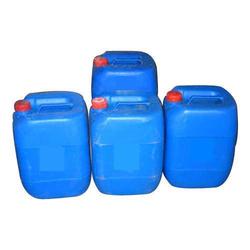
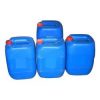
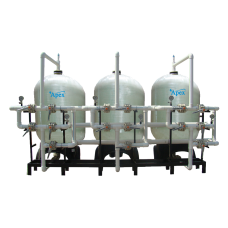
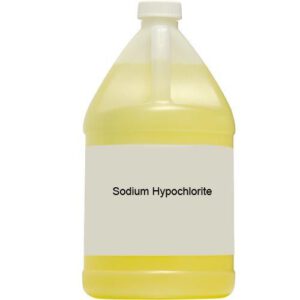
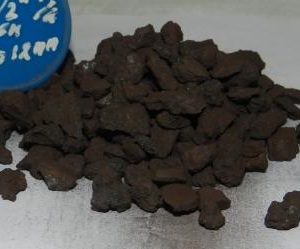
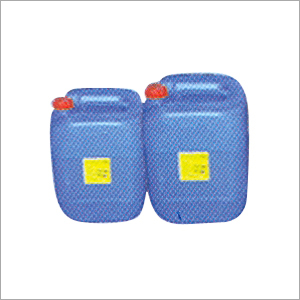
Reviews
There are no reviews yet.